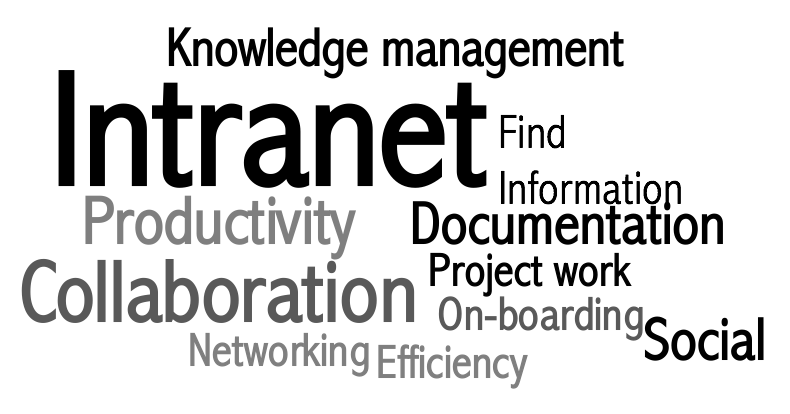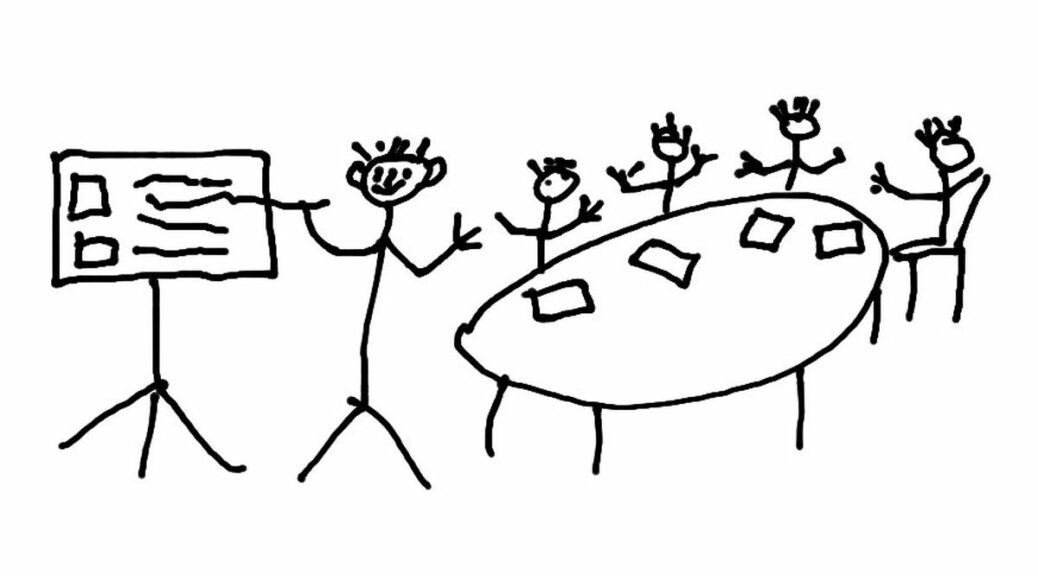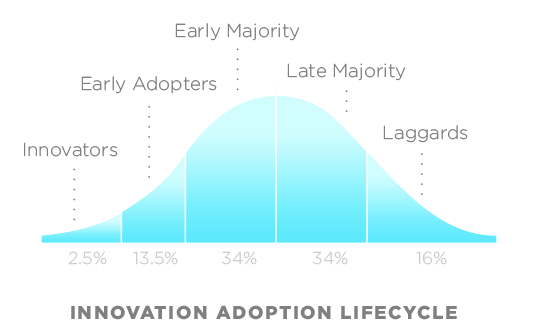Until 10 or 20 years ago, intranets were created either as a result of an experiment (for example in IT), or because there was a need to improve communication within a corporation. In the meantime, intranet capabilities have increased tremendously and stakeholders’ requirements diversified. What objectives are there for an intranet?
Intranet Objectives



